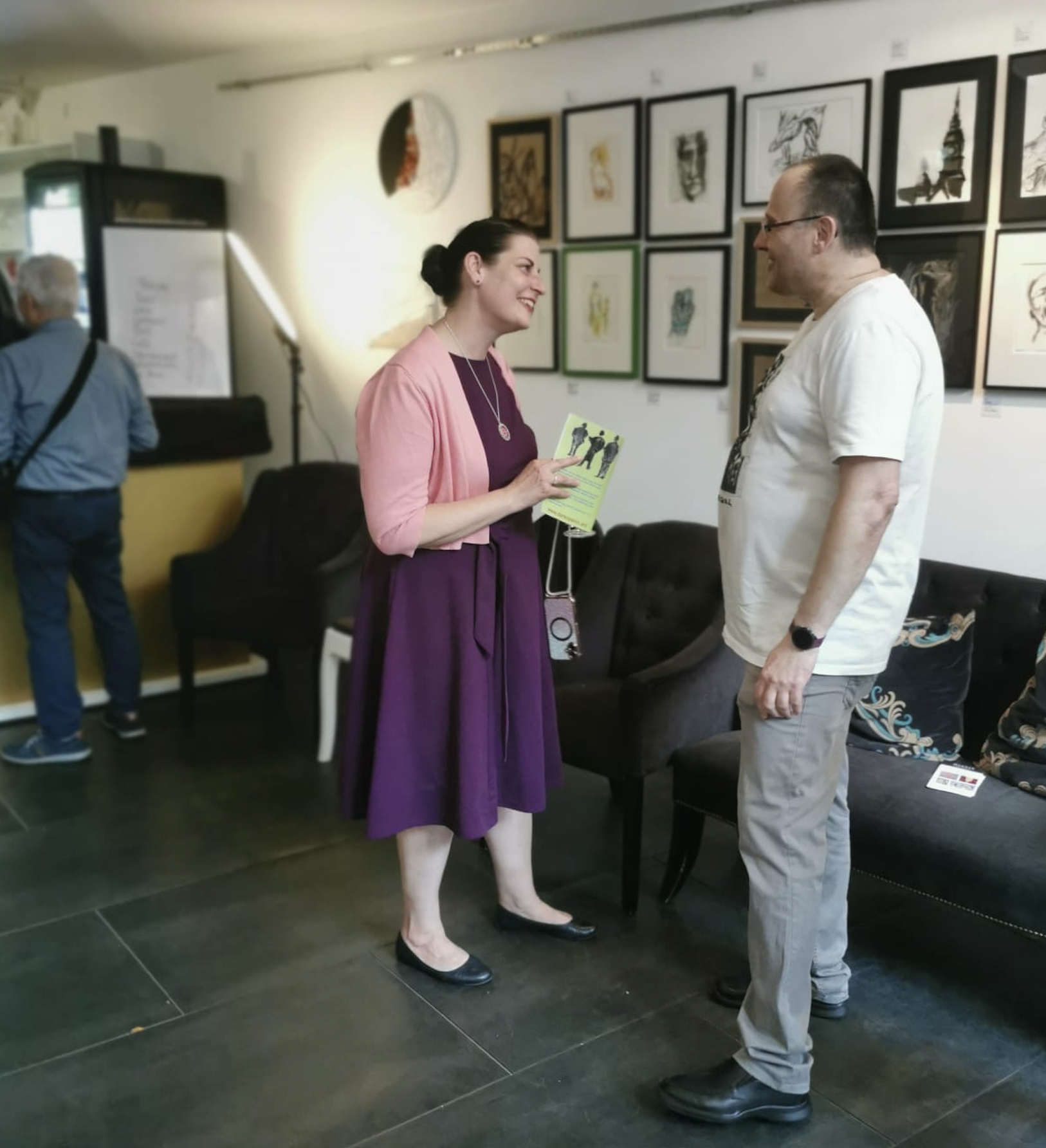Every artist meets this question sooner or later: Should I show my work, or keep it private?
There is no single right answer. But there is a clear way to think about it.
Why you make art matters
People create for different reasons:
-
To sell. You make art because it is your job or an important source of income.
-
To express yourself. You make art to tell your story, to understand life, to feel alive.
Both reasons are valid. Many artists carry both at the same time.
If you create only to sell, then success is simple: did it sell or not?
If it didn’t sell, that hurts your wallet, but it does not have to hurt your soul. You can try again, change the price, the channel, or the audience.
If you create to express yourself, rejection feels different.
When nobody wants to hear your story, it hurts more than not selling. It can make you doubt your voice. That pain is real, and it is the core of the “exhibit or not” question.
The paradox
-
If you don’t exhibit, your story stays untold.
-
If you do exhibit, it’s possible no one will listen.
So what should you do?
Before you decide, change the measure:
-
Process: Did the work change you? Did you say what you needed to say?
-
Connection: Did even one person truly connect? One honest conversation can be worth more than a hundred likes.
-
Learning: Did you discover what to do next? Each show is research for the next piece.
With these measures, showing your work becomes less about winning and more about learning.
Not exhibiting does not mean hiding:
-
Share with a small circle, friends, mentors, a private group.
-
Publish work-in-progress notes on your site or newsletter.
-
Do studio visits by appointment.
-
Trade critiques with other artists.
-
Set a date to review this choice again. Avoid staying invisible by accident.
This keeps your story alive while you build strength and clarity.
If you choose to exhibit
Make it gentle and intentional:
-
Start small. A pop-up, a café wall, a hallway show, a one-night event.
-
Frame the story. A clear title and a short text help people enter your world.
-
Invite the right audience. People who might care: peers, writers, curators, friends who bring good questions.
-
Design for conversation. A guest book, a QR code for feedback, a short artist talk.
-
Protect your energy. Plan breaks. Decide how you will handle silence or criticism.
-
Document. Good photos, a simple video walk-through, and a page on your site keep the show alive after the night ends.
A simple decision framework
Ask yourself five questions:
-
Why now? (sell, express, or both?)
-
Who is this for? (general public, a niche, one person?)
-
Where belongs this work? (gallery, online, street, company lobby?)
-
What is enough? (one honest conversation, five pre-orders, ten sign-ups?)
-
What will I do next? (no matter the result)
Write your answers. The decision will become clear.
My view
Art is a conversation. If you feel ready to speak, exhibit, even in a small way. If you are not ready, share selectively and keep building the work until your voice feels strong. In both paths, keep your soul safe and your curiosity open.
In the end, the question is not “to exhibit or not,” but how to keep the story moving, in you, and between you and the world.



